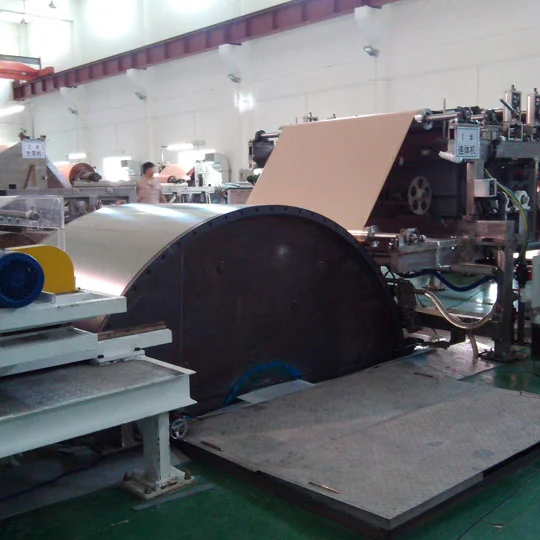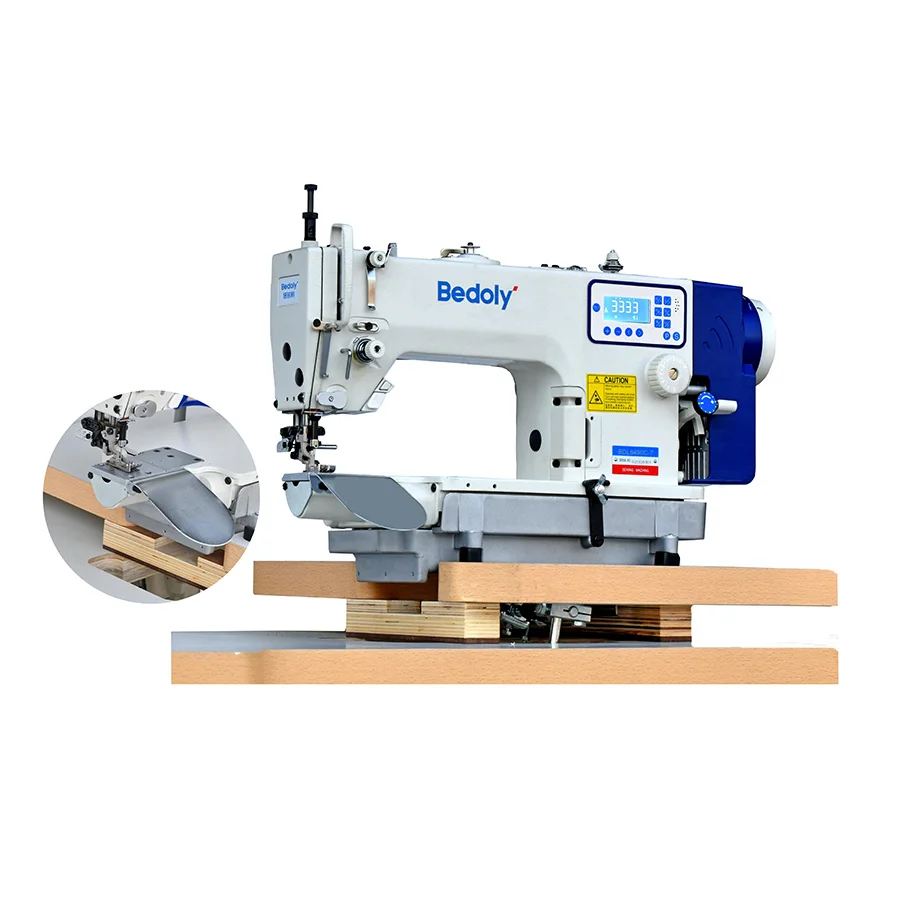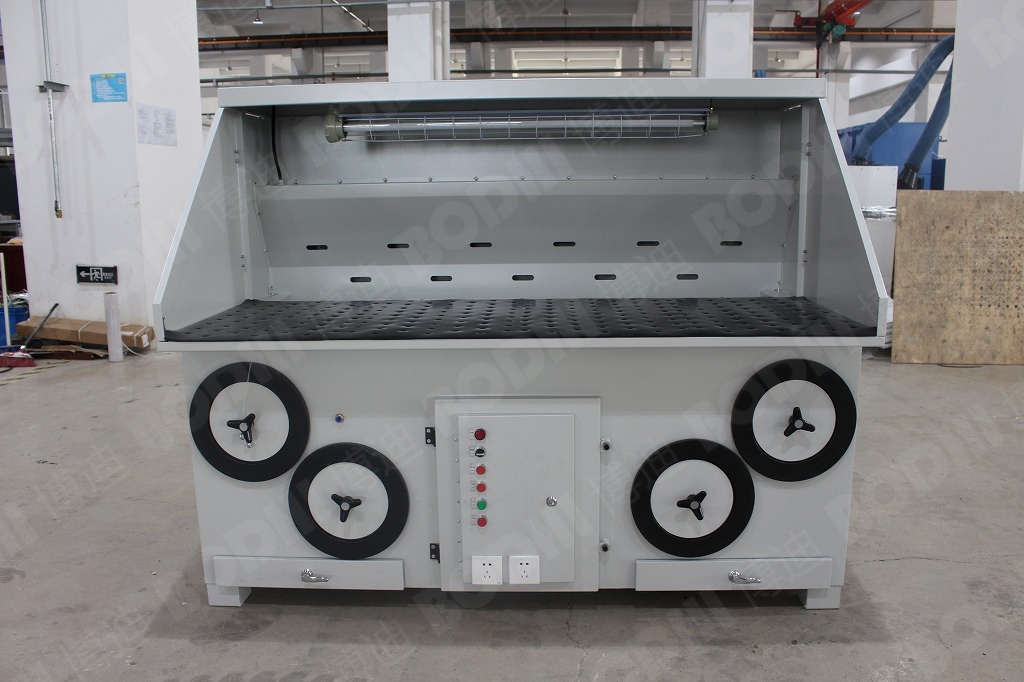Heat exchangers play a crucial role in various industrial processes, from power generation to HVAC systems. They facilitate the transfer of heat between two or more fluids, ensuring efficiency and optimal performance. However, like any mechanical component, heat exchangers can fail over time, leading to significant operational issues and increased costs. Understanding how to identify the signs of a failing heat exchanger is essential for maintaining system efficiency and preventing costly downtime. In this article, we will explore the key indicators that suggest your heat exchanger may be in trouble and provide actionable insights on how to address these issues.
- Understanding the Role of Heat Exchangers
Before diving into the signs of a failing heat exchanger, it’s important to understand its function. Heat exchangers are designed to transfer heat between two or more fluids without mixing them. They are widely used in various applications, including:
- HVAC Systems: Regulating indoor temperatures by transferring heat between air and refrigerants.
- Chemical Processing: Controlling reaction temperatures in reactors.
- Power Plants: Enhancing thermal efficiency by recovering waste heat.
Given their critical role, any malfunction can lead to inefficiencies, increased energy consumption, and even system failures.
- Common Signs of a Failing Heat Exchanger
Recognizing the symptoms of a failing heat exchanger is vital for timely intervention. Here are some common indicators:
a. Decreased Efficiency
One of the first signs of a failing heat exchanger is a noticeable drop in efficiency. If your system is taking longer to heat or cool fluids, it may indicate that the heat exchanger is not transferring heat effectively. This inefficiency can lead to increased energy costs and prolonged operational times.
b. Unusual Noises
Strange noises, such as banging, hissing, or gurgling, can signal problems within the heat exchanger. These sounds may arise from fluid turbulence, air pockets, or even mechanical issues. If you notice any unusual noises, it’s essential to investigate further.
c. Temperature Fluctuations
Inconsistent temperature readings can indicate a malfunctioning heat exchanger. If the output temperature of the heated or cooled fluid is erratic, it may suggest that the heat exchanger is not performing its intended function. Monitoring temperature trends can help identify potential issues early.
d. Leaks and Corrosion
Physical signs of wear, such as leaks or corrosion, are clear indicators of a failing heat exchanger. Leaks can lead to fluid loss and reduced efficiency, while corrosion can compromise the structural integrity of the unit. Regular inspections for signs of wear are crucial for maintaining system health.
e. Increased Pressure Drop
A significant increase in pressure drop across the heat exchanger can indicate fouling or blockages. This condition can restrict fluid flow, leading to reduced heat transfer efficiency. Monitoring pressure readings can help detect this issue before it escalates.
- Diagnostic Techniques
If you suspect that your heat exchanger is failing, several diagnostic techniques can help confirm your concerns:
a. Thermal Imaging
Thermal imaging cameras can detect temperature variations across the heat exchanger’s surface, helping identify hotspots that indicate inefficiencies or blockages.
b. Flow Rate Measurements
Measuring the flow rates of the fluids entering and exiting the heat exchanger can provide insights into its performance. A significant discrepancy may indicate fouling or other issues.
c. Pressure Testing
Conducting pressure tests can help identify leaks or weaknesses in the heat exchanger. This method is particularly useful for detecting issues that may not be visible during a visual inspection.
- Preventive Maintenance Strategies
To prolong the life of your heat exchanger and prevent failures, consider implementing the following preventive maintenance strategies:
a. Regular Inspections
Conduct routine inspections to identify signs of wear, leaks, or corrosion. Early detection can prevent more significant issues down the line.
b. Cleaning Protocols
Establish a cleaning schedule to remove fouling and buildup within the heat exchanger. Depending on the application, this may involve chemical cleaning or mechanical cleaning methods.
c. Monitoring Systems
Invest in monitoring systems that track temperature, pressure, and flow rates in real-time. These systems can provide valuable data to help identify potential issues before they escalate.
Conclusion
Understanding how to identify the signs of a failing heat exchanger is essential for maintaining system efficiency and preventing costly downtime. By recognizing the symptoms, employing diagnostic techniques, and implementing preventive maintenance strategies, you can ensure the longevity and reliability of your heat exchanger. If you suspect that your heat exchanger is underperforming, don’t hesitate to consult with a professional to assess the situation and take appropriate action. Remember, proactive maintenance is key to avoiding unexpected failures and optimizing your system’s performance.



